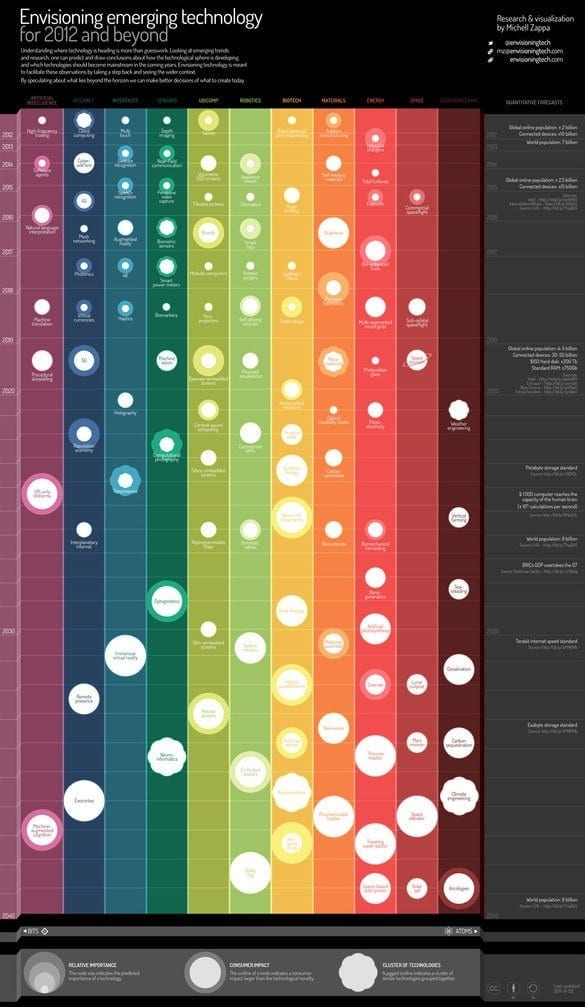Can a new, global standard take on an existing, widespread fast-charging system? Plus, a timeline of electric-vehicle milestones
To most Americans electric cars are as new a concept as the first combustion vehicles were to horse-and buggy-drivers in the early years of the 20th century. But to the organizations around the world that have been working to make modern electric cars a consumer reality, it has taken decades to get to this point. In fact, the electric car industry is old enough now that it has developed its own internal conflicts—the biggest of which centers on vehicle charging. Unfortunately, engineering groups and consortiums are developing different standards for a quick jolt, and if the differences are not resolved, the burgeoning electric vehicle industry may stumble.
The goal, of course, is to enable electric-car owners to charge their vehicles as effortlessly as they would fill up at a gas pump. Common standards are what makes that possible. In the U.S. the organization tasked with developing these charging standards is the Society for Automotive Engineers (SAE). In January 2010 the SAE approved the so-called J1772 standard governing slow- to moderate-speed electric car charging. Every major electric car manufacturer, and most start-up ones as well, have committed to using J1772 in their existing and future products. In 2011 more than 15,000 of these J1772-compatible stations are planned for installation in early deployment communities around the U.S.
But the J1772 standard accounts only for charging at relatively low speeds. On a 110- to 120-volt circuit it can add about eight kilometers of driving range for every hour of charging, and on a 220- to 240-volt circuit, it can sustain between 24 and 100 kilometers of driving range for every hour of charging (depending on individual vehicle and station specifications).
To create more parity between electric and combustion engine cars, the industry has been developing so-called DC fast charging—which can nearly top off an electric car’s battery pack in less than half an hour. (The typical range of a fully charged car is 160 kilometers.) This type of charging requires a gas pump–size station attached to an industrial power supply. Although the size and voltage make DC fast charging unsuitable for the home garage, it should be sufficient at commercial charging stations.
Related articles
- Electric cars key to greener future (autonetinsurance.co.uk)
- Major slump in electric car sales (autonetinsurance.co.uk)
- Electric cars: Highly charged | The Economist (policyabcs.wordpress.com)
- VW’s E-Up could herald electric age (autonetinsurance.co.uk)










